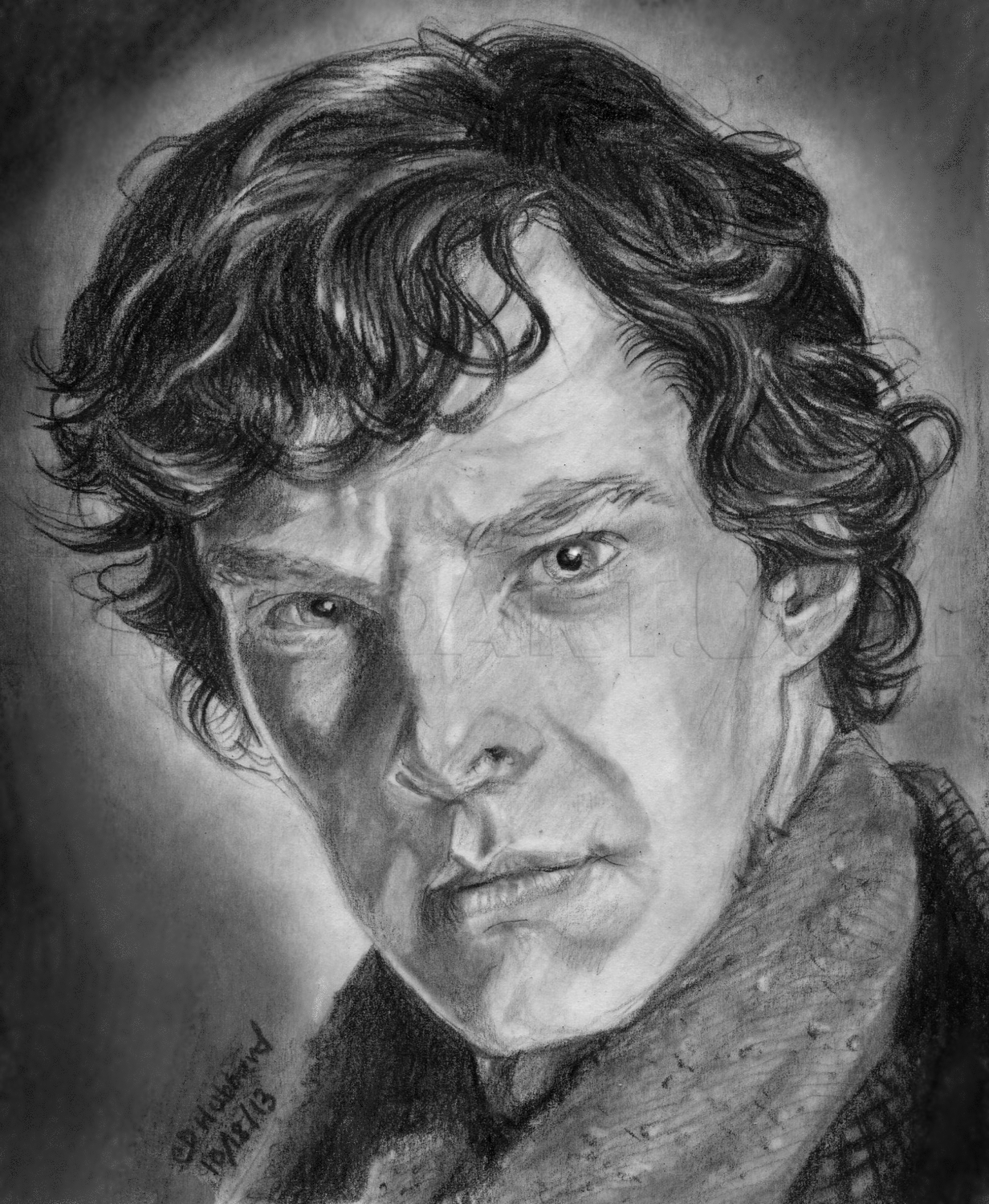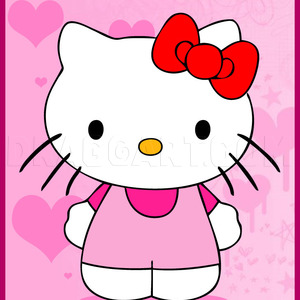1
This tutorial is completely in PENCIL! Let's start with the tools. I'm in love with the Monolith 9B graphite pencil sticks. It's nice, black, smooth on the surface and makes such great dark lines. And a No.2 pencil isn't bad either--great for details
2
The picture that goes with this step shows two different ways to hold your pencil to acquire certain effects. OVERHAND: Holding a sharpened pencil in normal writing form with fingers in the middle or near the lead gives you great control and thin/det
3
The strange crescent shape on the oval is just a reminder that his hair will be there. Also in bisecting line (down the middle of the face) and parallel lines in the next picture are to help with eyebrows, eyes, nose and mouth placement. Right now, d
4
FIRST PICTURE: If you are doing a professional picture and need accuracy, this has helped me tremendously. This is MY TIP of the day and it is LONG! Skip it if you want to. Those crazy lines help with placement too. Don't get me wrong, I mess up majo
5
Start shading with a pencil, even a No. 2 pencil will do well. Shade diagonally around the eyes. Also fill in the pupils, leaving some catchlights. Stroke the eyebrows in, giving a hairy appearance . You can give sketch lines under his right eye faci
6
Continue to shade in the white of his eyes below the guidelines. Shade more under the eyebrows. Do this lightly. Also sketch in his forehead wrinkles. Make sure the wrinkles right above his eyebrows curve along with them. I have not blended yet. I'm
7
You can see closely how the shading progresses. 1. Simple eyebrows and eyes. 2. Shading and shaping begins. 3. More lines and looking at the reference. 4. Darkening the eyebrows, eyes, and adding more shadow & shading to skin to match reference. 5. B
8
Now let's add more detail to the nose. Those pyramid type of lines help to place the shading. The tip of the nose is darkened for definition. Can you see how the basic shape of the nose is triangular? Hopefully, this will make it easier to draw.
9
Go ahead and lightly shade with diagonal strokes. Now using a .7mm HB or even 2B lead in the mechanical pencil is great. It doesn't wear down, you don't have to sharpen it, and it's quality remains the same.
10
Here you can more easily capture the shading progression of the nose. If you need to, lighten the outline of the nose with your (kneaded) eraser.
11
Here we are starting with the mouth. The basic image is there and tweaking, erasing hasn't happened yet. Just shade lightly at a diagonal slant. His upper lip is defined by this process. Also add a dark shadow on his lower lip.
12
Branch out to shade his cheek lines and lower part of lip. Look at my picture as a reference to see where the lower lines of the lip takes form. Also shading has started on his chin.
13
Here is the shading progression for the lips. In picture 4, you can use the 9B graphite pencil to add darkness to where the lips meet. Picture 6 is the end result of blend and highlight/darkening details.
14
I simply added curls to his hair. Notice how everything starts out real simple then I build up on the picture. Always look at the reference, draw from it, and observe the placement of your shapes.
15
Here is the beginning of shading the hair. The strokes are curved and go along with the basic shape of the hair groups.
16
When you start darkening the hair, you'll notice doing it in layers gives a realistic look. Darken as you go along, looking at your reference. The next step will give you tips on shading hair with strokes. Also branch out and add a slightly darker sh
17
When you follow the arrows as you fill in his hair, it adds realism. Why? A realistic texture is added to your hair using this technique. The hair shouldn't appear flat. TIP: When you start a stroke with your pencil, the beginning pressure is harder
18
Keep adding those hair strokes in the direction of the curls. It helps to keep looking at the reference and not assuming where the lines flow.
19
Sketch lightly over his face with your No.2 pencil. Do diagonal strokes or small circles. This technique adds color to his skin. You can add texture to his scarf by small lines. Make sure your pencil is sharp. Now those thicker lines on his lapel is
20
Here, add knots to his scarf, shade a little with your pencil (No.2). What I've done is add the really dark shading with the 9B graphite pencil to his lapel and hair.
21
The blending stump can work miracles for your picture. Use the skinny, tiny one for small areas, like around the eyes, in the nose and mouth. The larger stump can blend larger areas, even the cheek areas and skin tone area. Now if you want a really s
22
It does take time a patience to do a full-blown pencil portrait like this. Since the blending lightened areas of the drawing, you need to darken the shading like his hair, side of face, scarf and lapel. Add more nubs to his scarf, dab with kneaded er
23
Here is a nice closeup of the detailed progression of his ear. As you can see in the 4th picture, his hair has been darkened and skin tone added. The 6th picture is the completed process.
Comments 0
Details
October 18, 2013
Description: Bnendict Cumberbatch is an English actor well known for his role as Sherlock Holmes and Khan from the new 2013 Star Trek movie. This tutorial is strictly done in pencil with blending stumps and a kneaded eraser. The background is originally done in pencil, but blurred a little in an editing program. I also added some digital white in his eyes for catch lights. I hope you enjoy this tutorial. And please fav, comment, or even click on Like. Thank you.






















































































